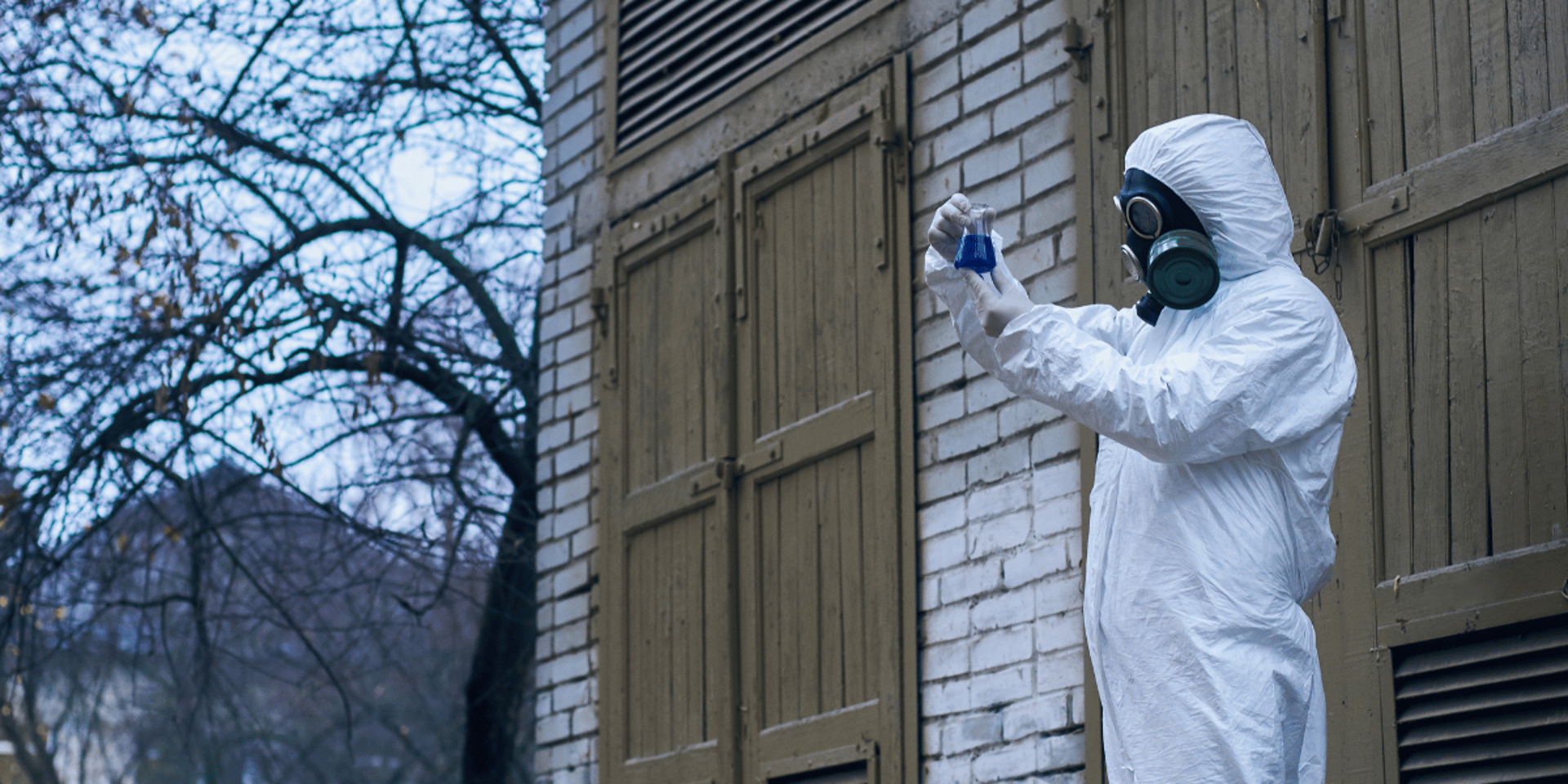
Meth Testing: How It Works and When You Need It
Not sure if a home is contaminated? This guide explains how meth testing is done, who should consider it, and what to expect during the process.
J.I
3/28/20251 min read
A clean-looking property doesn’t always mean a safe one. If you’re unsure whether a home, rental, or investment has meth contamination, testing is the first step to getting real answers, and protecting yourself or your tenants.
What Is Meth Testing?
Meth testing involves taking surface samples from different parts of a home and analyzing them to detect the presence of meth residue. Certified testers typically swab areas most likely to retain contamination, such as:
HVAC vents
Baseboards and electrical outlets
Ceilings, walls, and kitchen surfaces
Cabinets, especially under sinks or in bathrooms
Lab results are returned with a report showing whether the levels exceed legal or safe thresholds, which vary by state.
When Should You Test a Property for Meth?
You should consider meth testing if:
The home was previously a rental, foreclosure, or abandoned
Neighbors report past drug activity
You’re planning to sell or buy the property
You’re experiencing unexplained health symptoms after moving in
You’re a landlord or property manager between tenants
Types of Meth Testing
There are two main methods:
Instant testing kits – Basic swabs with visual results (can give false positives or false negatives)
Lab-based testing – More accurate, professional sampling with certified results (recommended for real estate or legal documentation)
Professional testing is always more thorough and trusted for major decisions.
You can’t manage what you can’t measure. Meth testing brings clarity to uncertain situations, and protects your health, your investment, and your reputation. If there’s even a slight reason to be concerned, testing is a small step that could make a big difference.
How Long Does It Take?
Most lab-based tests take between 2–5 business days to return results. Rush options may be available. Testers will also walk you through what the results mean and whether further steps, like mitigation, are needed.
What Happens After Testing?
If contamination is detected, a professional meth mitigation company will assess the affected areas and recommend a cleanup plan. After cleanup, retesting is done to confirm that the home meets safety standards.


Our team focuses on addressing the serious dangers of meth contamination. We specialize in safe and thorough remediation, removing harmful toxins that jeopardize health and safety, and restoring properties to a condition you can trust.
FAQs
